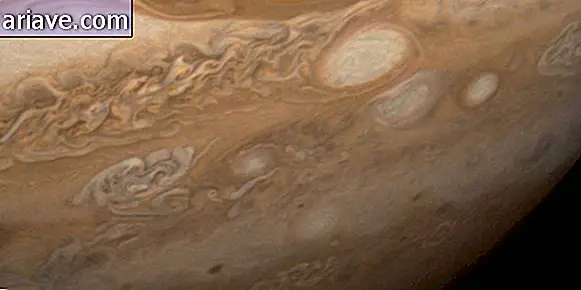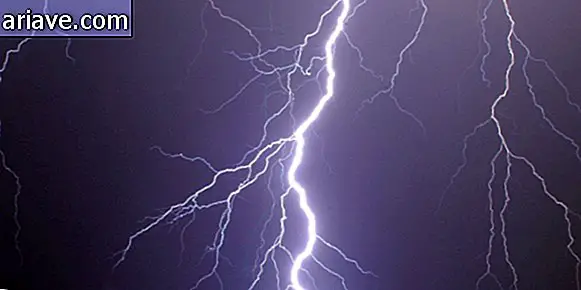Star Gliese 667C Orbit May Have Three Habitable Planets
The possibility of a habitable planet in the orbit of dwarf star Gliese 667C was considered a few months ago. However, it appears that this is not one, but three planets with potentially Earth-like conditions in the vicinity of the star. The discovery came with the detection of several possible planets also in orbit of said star.
According to the scientists, these are at least six planets, three of which may be within the so-called "habitable zone". This makes Gliese 667C - about a third of the Sun's mass - the best candidate for finding habitable exoplanets.
"We knew the star had three planets from previous studies, so we wanted to confirm if there were more, " said Mikko Tuomi of the University of Hertfordshire (UK), one of the astronomers responsible for the new Gliese 667C studies. “By adding new observations and revisiting some data, we were able to confirm these three and hope to reveal more.”
The Holy Grail May Be Even Greater
The possibility of finding a habitable planet outside our solar system has always represented a kind of "holy grail" for astronomy. However, if finding possible family territory around Gliese 667C had already left the scientific community in turmoil, the thing now became even bigger. “Finding three low-mass planets in a star's habitable zone is really exciting!” Said Tuomi.
Together with Guillem Anglada-Escudé of the University of Göttingen, Germany, the astronomer searched for radial velocity data from the spectrometer that makes up the 3.6-meter ESO telescope in Chile.
In the words of the team itself:
“Up to seven periodic signals can be detected in Doppler measurements between the GJ 667C data, the last signal (the seventh) being very close to our detection limit.”

If all seven planets are confirmed, the system can consist of three Super Earths in the habitable zone, plus three nearest warmer and three more distant planets.
Three Super Earths
Whether or not there are seven orbiting planets of Gliese 667C, scientists have already confirmed that there are three planets in the star's habitable zone - bodies that thus earn the name Super Earths.
Beyond the obvious ecstasy of such a finding, scholars also celebrate the conclusion that can be drawn from this: It is possible to find in the same solar system more than one planet capable of containing life. "The number of habitable planets in our galaxy can be much higher if you can expect to find several of them in a single low-mass star, " said research co-author Rory Barnes of the University of Washington.
For rent: Gliese 667 Cf
“Instead of looking at ten stars to look for a single habitable planet, we now know that it is possible to aim at just one to find something.” As far as the current finding is concerned, however, the most likely candidate to boast Similar to Earth's is the Gliese 667 Cf, the distance of which may allow liquid water to exist - in addition to setting temperatures potentially similar to those of our planet.

"It probably absorbs less energy than Earth, and to ensure habitability, more greenhouse gases like CO2 and CH4 would be needed, " the study found. "A habitable version of this planet must have a finer atmosphere than Earth, so it can be assumed that there are relatively uniform surface temperatures."
An unforgettable "sunset"
Since the Gliese 667 C is part of a triple star system, the look for someone posted on the surface of the potentially hospitable Gliese 667Cf must be quite unique. The two other stars must form a very bright pair, visible even in daylight - and at night a rather unique "moonlight" would take over the skies, like a full moon.
However, astronomers speculate that the Gliese 667Cf always has the same face toward the star, so that days and years occur in equal periods.

Anyway, the question remains: will it be possible to find other planets in the vicinity of the star Gliese 667C? Possibly. But astronomers disregard the possibility of other planets with a potentially familiar atmosphere. This is because newly discovered planets take up all the available space for stable orbits, within which life may be found.











